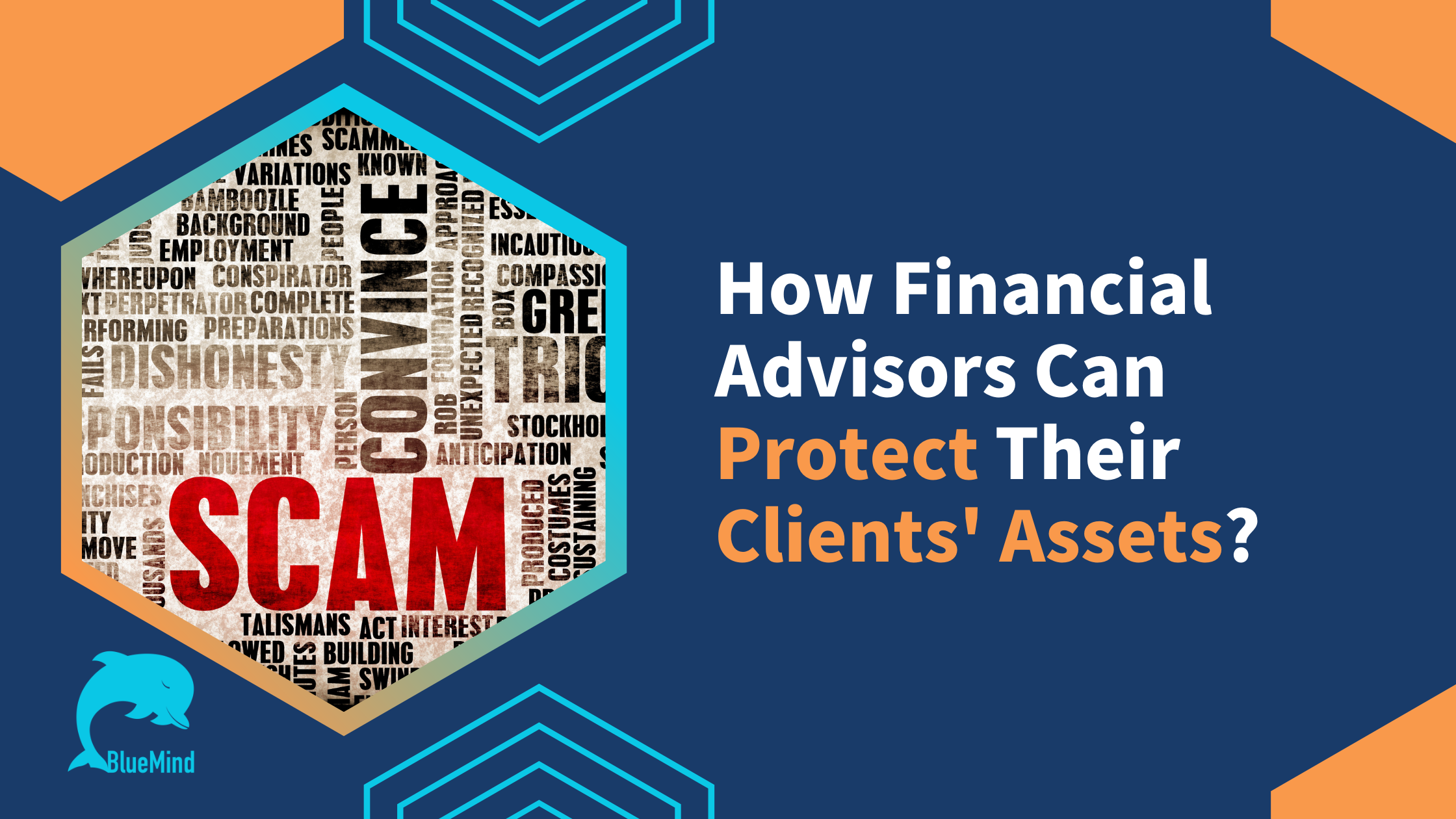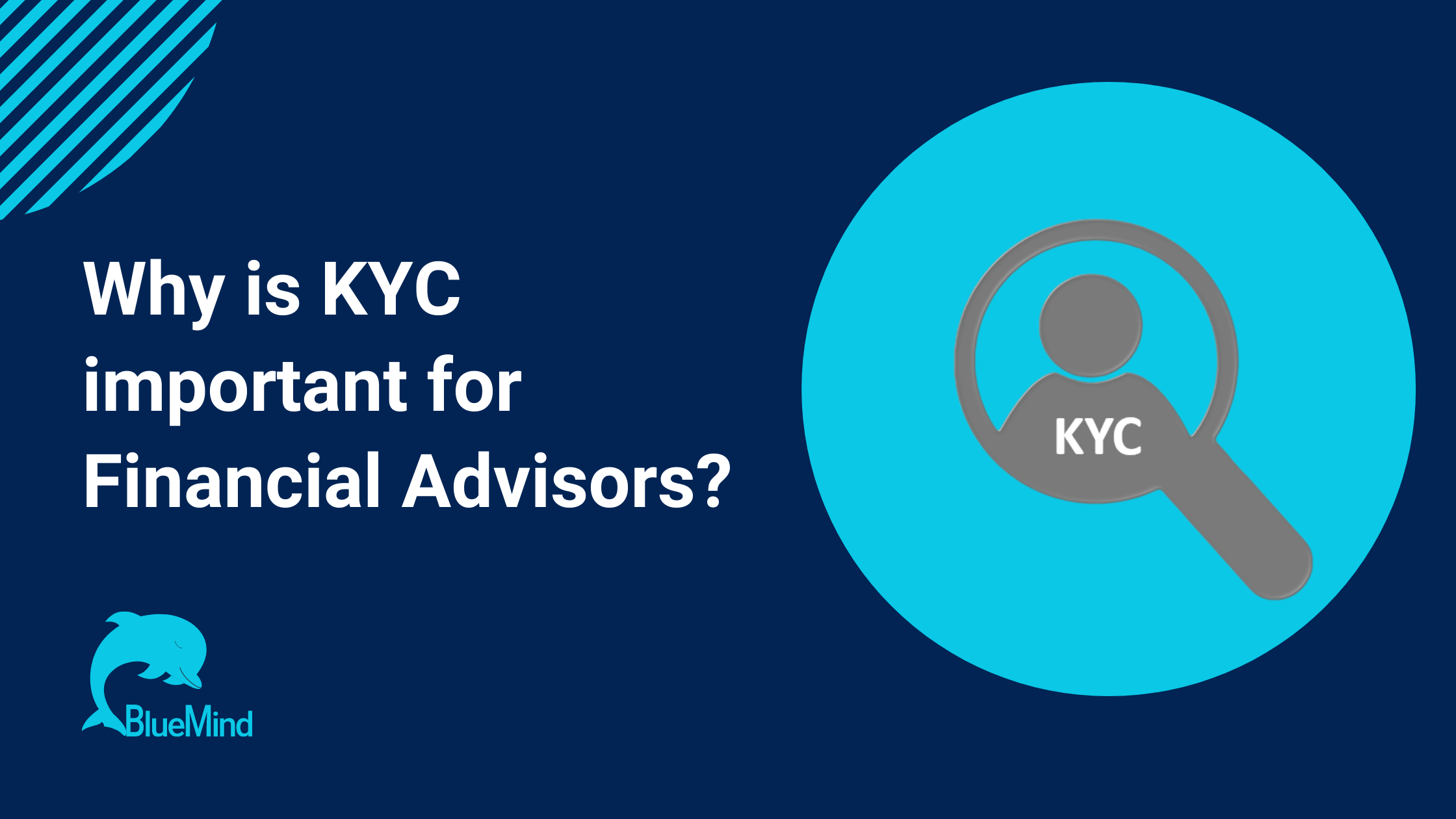How to Make Memorable Presentations
Engage your audience and deliver your message with confidence.
Making effective presentations to clients and prospects can be an excellent way to demonstrate your credibility as a financial advisor and build your business. To be effective, the content of your presentation must be interesting and relevant to your target audience and must be memorable.
Here are some ways to make memorable presentations:
1. Know Your Audience
Find out as much as possible about your audience prior to your presentation. While you may have your own agenda, you should determine what is important to the people you will be addressing. Consider audience characteristics such as demographic makeup, gender and age.
The level of sophistication among your audience members can vary widely, so your presentation must be tailored in such a way that a novice can follow it, yet it will not be boring for a sophisticated investor.
Related: Tips for Working Remotely as an Advisor
2. Create a Warm Welcome Message
The way you begin your presentation is key to establishing your credibility. Be warm and sincere; tell your listeners about yourself and share a couple of success stories. You might choose to tell them why you're passionate about being an advisor.
To establish a connection and rapport with your audience, you might start with a brief personal story. Or you might choose to talk about a topical issue of current interest. Your objective is to provide your audience with value and give them reason to stay for the entire presentation.
3. Get to the "Meat and Potatoes"
After your brief introduction, go straight into the content. Your story must be compelling and fascinating in order to hold the attention of your audience.
You might adjust your delivery style depending on the makeup of your audience. Regardless, make sure people understand what you're saying and avoid jargon.
When explaining a process or a concept, use analogies — have a half-a-dozen or so in your arsenal. For example, you might liken the due-diligence process to a medical examination.
You will not need to get into complex details in a presentation and can arrange to follow up later with audience members who want more details.

4. Have Powerful Content
It is advisable to use the "20/20 rule" — that is, 20 slides in 20 minutes. Each slide should have five sentences or less, enhanced by images.
You will therefore have to carefully plan your content, highlighting only key points you wish to get across.
Choose dramatic, colourful images wherever possible to hold your audience's interest. Use stories to reinforce your message.
Bear in mind that your entire presentation should have a single core purpose, and all material should be chosen to advance that purpose.
5. Make Every Slide Count
Your title page should be memorable and provide the "hook" of the presentation. Your first slide should summarize the entire presentation, letting your audience know what you will be talking about.
The tittle of each slide that follows should sequentially build your story in a compelling way. Each title must also be powerful and catchy, answering questions like How? and ‘Why? Powerful titles keep your audience engaged.
6. Reinforce Your Message
Find the common thread in your presentation and keep reinforcing it throughout your presentation. The common thread is derived from the core purpose of the presentation. For example, if your core purpose is to recruit new retirement-planning clients, your common thread might be making retirement dreams come true.
The supporting points on all your slides should be linked to the common thread, which is turn supports your title slide. This way, people are more likely to remember what they learned during the presentation.
7. Learn the Material
You must have a thorough understanding of the subject matter of your presentation. Rehearse it several times. This will enable you to be yourself and present with confidence and sincerity.
Remember, your audience can usually sense if you are insincere or do not have a complete grasp of the subject. Effectively, you must come across as an expert.
8. Invite Questions
You may prefer to address audience questions as you go through your presentation, or might ask audience members to save their queries for a question-and-answer session at the end of your talk. Either way, addressing audience questions presents a great opportunity to clarify issues, ensure your audience understands what you are discussing and interact with participants.
9. Close with a Call to Action
In closing, face the audience, make eye contact, recap what you talked about and ask whether the audience found the presentation interesting. Openly invite attendees to call your office for an appointment. Invite them to a one-on-one meeting, which should be your goal.
There are more tips and tricks for financial advisors in our blog section. Also, don't forget to see the list of recommended books for financial advisors.




